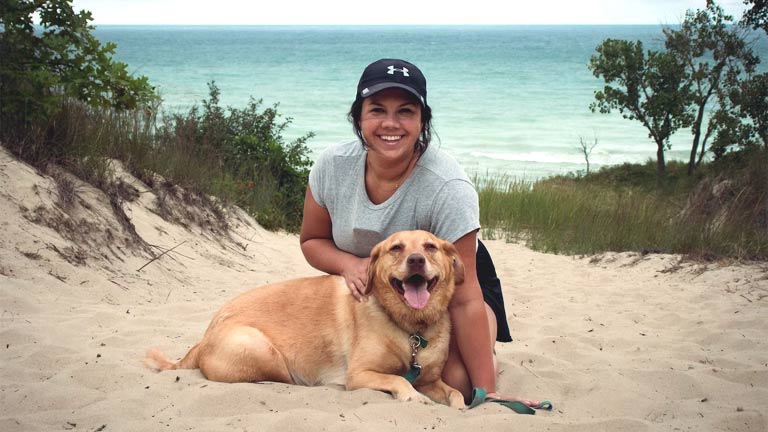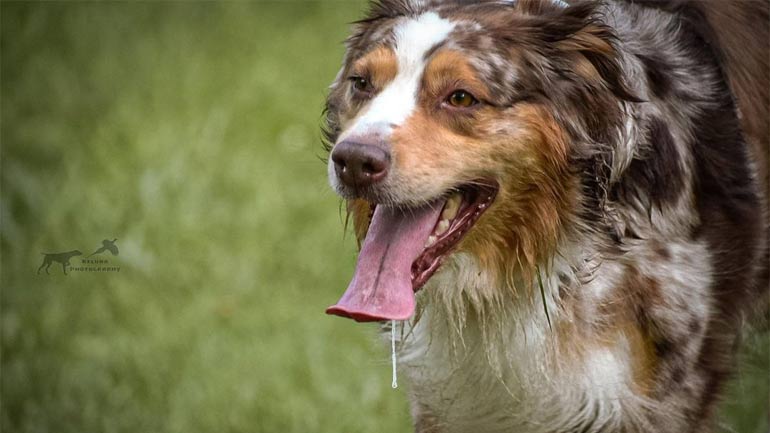
When it comes to training your dog, there are various techniques available. Here is how to train your dog using positive reinforcement, alpha-based training, negative reinforcement, reward, and shaping.
The 4 Most Effective Techniques for Dog Training
Positive Reinforcement
Positive reinforcement is one of the most frequently employed by professional dog trainers and involves rewarding desired behaviors with something the dog craves, such as treats or toys they adore. You could use this technique to teach your pup to associate good behavior with rewards, increasing the likelihood they will behave the way you want them to!
Dogs trained using this method typically associate good behaviors with rewards over time and continue performing them to receive their treats or get your praise in return. Positive reinforcement training techniques provide enjoyment to both parties involved while building confidence that enables dogs to cope better when exposed to new situations than their stressed-out or fearful counterparts can.
This training method can be used to teach basic commands such as sit, stay, and come. It’s also helpful in correcting behavioral issues like excessive barking or jumping on people.
Many trainers who employ this training approach prefer using a clicker – a small handheld device that makes a clicking sound when pressed – in combination with verbal praise to mark when desired behaviors occur and ensure your dog receives its reward at precisely the right moment.
This can be challenging to do for first-time pet owners. Looking for Huntsville, Alabama dog trainers that specialize in this humane training method can help you learn this skill. Positive reinforcement is the most durable training method.
Food can often serve as the main reward in training your pup, but it’s important to note that not every dog needs to be food-motivated for this type of training to work effectively. If your pet doesn’t respond as enthusiastically to treats like an irresistibly smelly piece of freeze-dried liver, consider offering additional incentives like fetch games, tug-of-war matches, or walks as rewards.
When using this training method, it’s essential that only desirable behaviors will be reinforced. This means ignoring unwanted behavior, and not giving in to it; doing so would only serve to further exacerbate it and reinforce bad behaviors like barking at squirrels or another dog in the park.
Negative Reinforcement
Negative reinforcement is a form of operant conditioning in which unpleasant stimuli are added to increase desired behavior – for instance when teaching your dog to sit by pressing down on their hindquarters while saying the command and then lifting pressure when they sit.
This type of training may be helpful with dogs who are fearful of other dogs or strangers. By gradually exposing the scary stimulus and then withdrawing it when the desired behavior has been accomplished, the trainer hopes that over time the dog will realize that seeing other dogs or strangers doesn’t spell trouble; often this method combines with positive reinforcement.
Unfortunately, this method can backfire and lead to undesirable behaviors like aggression, fear reactivity, and learned helplessness in both humans and dogs. Furthermore, physical and emotional stress caused by this training approach could harm both parties involved as well as threaten the bond between trainer and trainee.
Positive reinforcement has become the go-to technique among trainers for good reason! It provides a more ethical and humane method of teaching your dog desired behaviors while dissuading unwanted ones.
This method offers several distinct advantages over punishing or corrective methods; one being its lack of harsh corrections or punishments that may damage the relationship with your pet and even result in fear-based training.
Punitive methods often motivate a dog only to exhibit minimal desired behaviors so as to not receive harsh collar corrections or other forms of punishment – which most owners don’t want. When training with positive reinforcement instead, however, you are helping them make smart decisions and fortifying bonds at once!
Alpha-Based Training
If you have done any research into dog training, chances are you’ve encountered “alpha training.” In essence, this method states that you are the pack leader and your pup must comply with you even when this goes against their natural instincts. Alpha training relies on the belief that dogs communicate hierarchically and that dominance can be shown physically by forcing it upon a dog into submission.
Punishing dogs for any reason, however, can be harmful in numerous ways. Punishment slows their learning while weakening the dog-human bond and teaching fear and aggression instead of love and trust between dogs and humans. Furthermore, using punishment techniques may teach dogs that you represent fearful things rather than positive reinforcement and love.
Alpha training often results in dogs learning aggressive behavior as an effective means of getting what they want – this goes against all instinctive dog behavior – but alpha dogs will use aggressive means like biting or growling to force other people to comply. Training should not teach these aggressive traits!
Finally, physical submission in this form of training can be dangerous for both the trainer and the dog. If a trainer grabs their dog by the neck and forces them into an alpha roll position, this could cause considerable pain for both parties involved and also trigger their limbic response – similar to our fight/flight/freeze response when faced with possible danger.
There are numerous alternatives to alpha training that are more effective and don’t use punishment, such as strategies based on positive reinforcement. You’ll have no difficulty training your dog with these approaches without compromising the relationship between you two.
Rewards
Reward-based training is one of the most widely recommended and successful dog training methods, rewarding your pup whenever they perform desired behaviors or cues and disregarding any unwanted ones. Reward-based training can be used successfully for housebreaking, obedience training, and agility training alike!
Reward-based training can take time and may not work with all types of dogs; moreover, some might not respond as well to food rewards as other forms of affection or toys. Furthermore, consistent reward delivery is essential to success.




